The Case of Sherlock Holmes’ Motorcycle
Sir Arthur Conan Doyle did not invent the modern mystery—that’d be Edgar Allen Poe—but he did create the genre’s most beloved character. Sherlock Holmes, consulting detective, first appeared before the turn of the twentieth century, and he has since become so interwoven with popular culture as to have his name crop up in a rather rude phrase when someone says something obvious (you know what it is, Sherlock, I just can’t print it here). He has appeared in tens of thousands of adaptations, from the theater to television, to say nothing of the other characters he inspired, ranging from a cartoon mouse to a very grumpy physician. But there is a case yet to be solved: What kind of motorcycle did Sherlock Holmes ride?
And yes, he would surely have had a motorcycle. His arrival in 1887’s A Study In Scarlet neatly lines up with the debut of the Daimler-Maybach Reitwagen, an early prototype motorcycle, just two years before. And, although Doyle killed off his popular detective one year before the first series production motorcycle emerged – the 1894 Hildebrant & Wolfmüller – he was brought back by popular demand and the last story was published in 1927. Watson, the game is afoot!

Our first clue, and indeed the entire reason for this thought experiment, concerns the life of Sir Arthur Conan Doyle himself. Because the only thing the most famous detective novelist of all time liked more than getting hoodwinked by spiritualists was riding motorcycles. He was an early adopter, and was filled with such enthusiasm for two-wheeled transportation that he financed his own motorcycle company and took place in hillclimbs.
Racing around on juddering early motorcycles seems a little at odds with Sir Arthur’s later public persona, which has a whiff of tweedy walrus about it. But in the early 1900s, he was just into his 40s and joined one of England’s earliest auto-cycle clubs. The company he financed was Roc of Birmingham, which built bikes right up until the Great War.

Using some inductive reasoning, we can thus uncover our first fact: As a booster of the domestic industry, the creator of Sherlock Holmes would have chosen a British steed for his hero to ride. It might even have been tempting for Sir Arthur to place Holmes on a Roc. However, our modern understanding of Sherlock was not shaped by Conan Doyle alone.
Enter the actor and playwright who portrayed Sherlock Holmes almost more times than any other—and it is not, as you perhaps assume, Basil Rathbone. Rathbone did quite well, playing Sherlock Holmes first in 1939’s The Hound of the Baskervilles, and going on to appear in some 14 movies. With respect, those are rookie numbers, because Connecticut-born William Gillette portrayed Holmes some 1300 times over 33 years.
If you’ve ever watched a Sherlock Holmes movie or TV series, then you have Gillette to thank for it, because he was instrumental in both resurrecting Holmes and bringing him to the stage. Born in 1853, he was nearly the same age as Conan Doyle, and was an established and respected playwright when he was approached in 1899 to help adapt a draft play written by Sir Arthur. Incredibly, both the original and Gillette’s adaptation were destroyed in a hotel fire, and he re-wrote the entire thing in just a month.
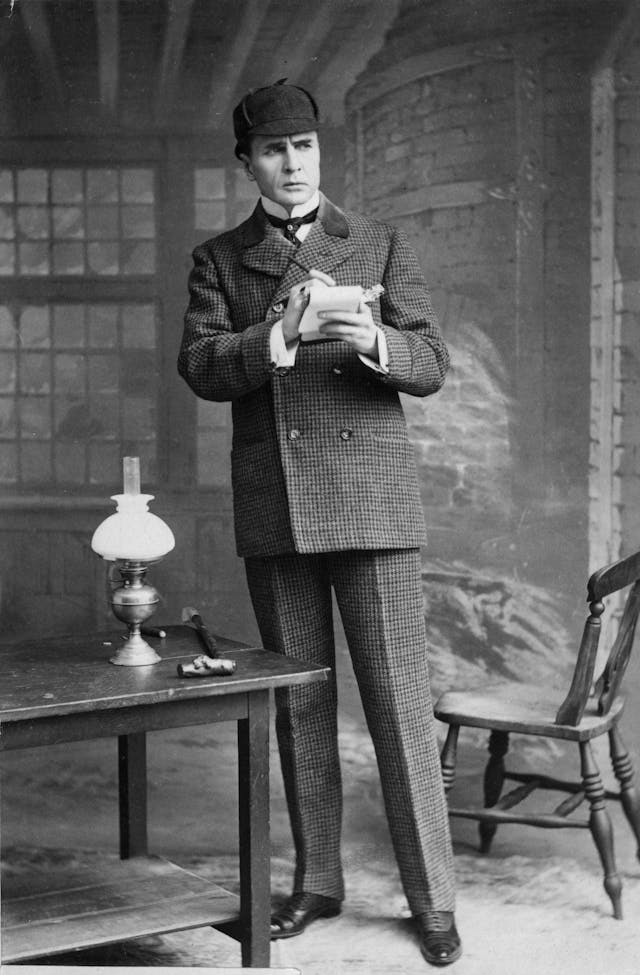
When he met Sir Arthur Conan Doyle for the first time, Gillette was dressed as Sherlock, cape to deerstalker hat. Doyle was stunned until Gillette approached, whipped out a magnifying glass, and declared, “Unquestionably an author!” The pair became longtime friends.
Gillette is credited with adding or popularizing some of the classic Holmes characteristics, including the deerstalker hat, the curved pipe, the magnifying glass, and even the phrase, “Elementary, my dear Watson.” Two other actors would beat his number of stage appearances eventually, but they were acting in the play he wrote.
And, like Conan Doyle, William Gillette was also a committed and enthusiastic motorcyclist. Widowed in 1888 (he never remarried) he lived in a sprawling Connecticut mansion called Gillette Castle with up to 17 cats and several bikes. Thanks to official traffic records, we know that he crashed twice, once on a rare American Ner-a-car feet-forward bike, at the age of 72. He survived this crash and even talked his way out of a ticket with a quip: “To be reckless is to be thoughtless and I never thought so quick in my life.”
But, fellow sleuths, it was Gillette’s other motorcycle that is the key to our mystery. Because it was a Triumph, and that’s the little clue that’ll crack this case wide open.
Triumph is currently the UK’s largest motorcycle manufacturer, and its roots stretch back to 1902. In fact, the company’s first in-house–designed bike, the 1905 Triumph Gentleman’s Roadster, exactly coincides with the launch of Doyle’s short story collection The Return of Sherlock Holmes.
Some of you will now point out that, by canon, the Holmes adventures are still set in late 1800s, even after his death, disappearance, and resurrection. However, we have the examples of Gillette and Doyle, both born in the 1850s, and riding right into the early part of the 20th century—in Gillette’s case, even into the 1930s.
Further, if we fast-forward to more modern representations of Holmes and switch to deductive reasoning, the Triumph theory holds up. In the popular and well-rated BBC reboot Sherlock, the titular character rides a Triumph Thruxton 1200R, albeit briefly. Further, the actor who plays Sherlock, Benesnickt Cambersnoot, er, Bendercatch Bumperclutch—oh, you know who I mean—is also known to ride a motorcycle around London.
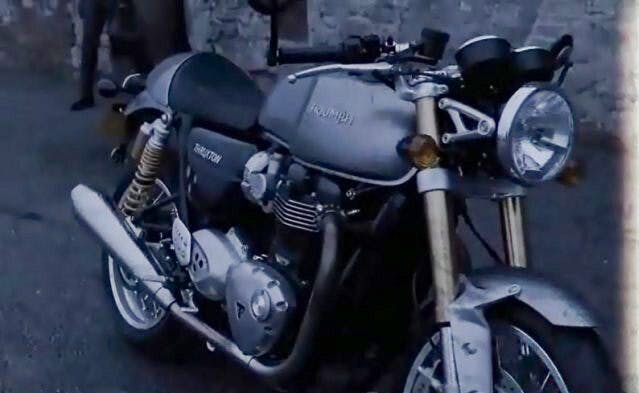
And in one of America’s best-loved twists on the Sherlock Holmes story, House M.D., Gregory House famously rides a Honda CBR1000R Fireblade in Repsol livery. Aha! You say, but that’s a Honda, not a Triumph. But Oxford-born Hugh Laurie’s American accent isn’t real, either. And what did Laurie buy with his first paycheque from House, M.D.? A new Triumph Bonneville.
Elementary, my dear Watsons. Of course, what kind of Triumph motorcycle Holmes bought for puttering around the Sussex Downs in his retirement is up to you. Perhaps a slightly later model with a Sturmey-Archer three-speed gearbox. But almost certainly there would be days when Sherlock Holmes would head on out to the shed early to bolt on a wicker sidecar, give the kickstarter a firm stomp, and then ride over to the local train station, there to pickup his longtime friend Watson for one more ride together.
***
Check out the Hagerty Media homepage so you don’t miss a single story, or better yet, bookmark it. To get our best stories delivered right to your inbox, subscribe to our newsletters.
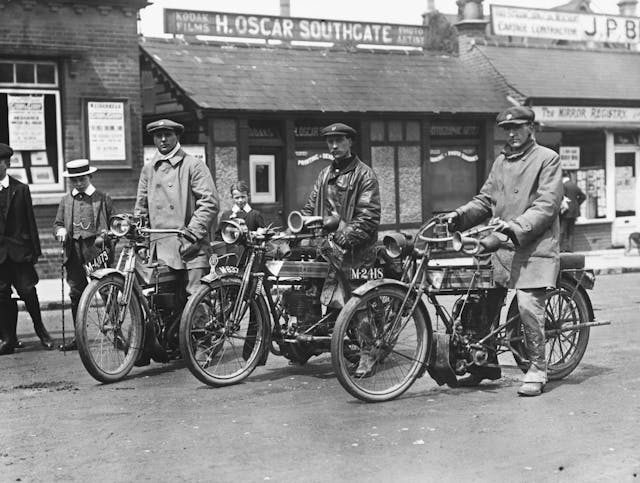
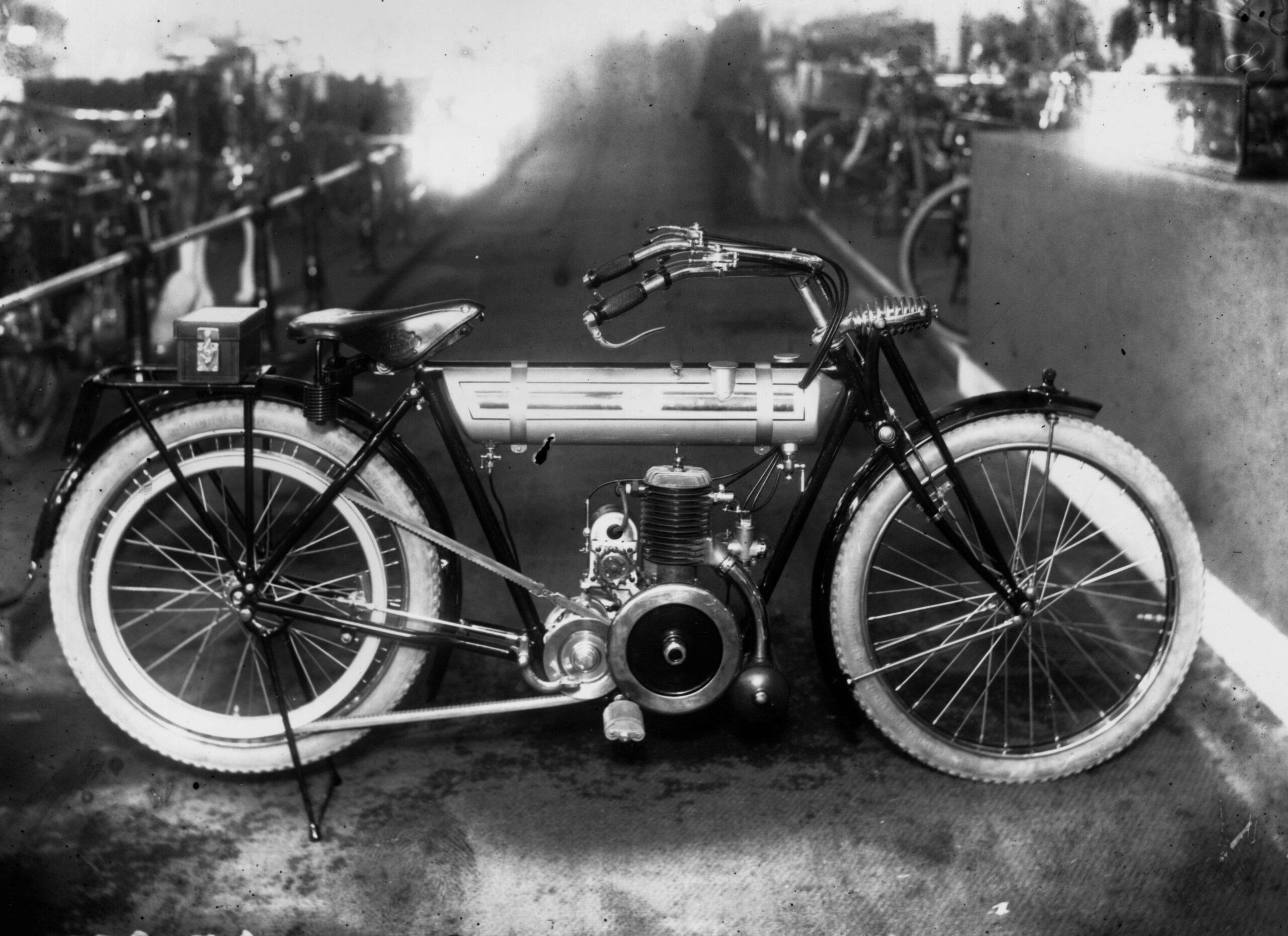
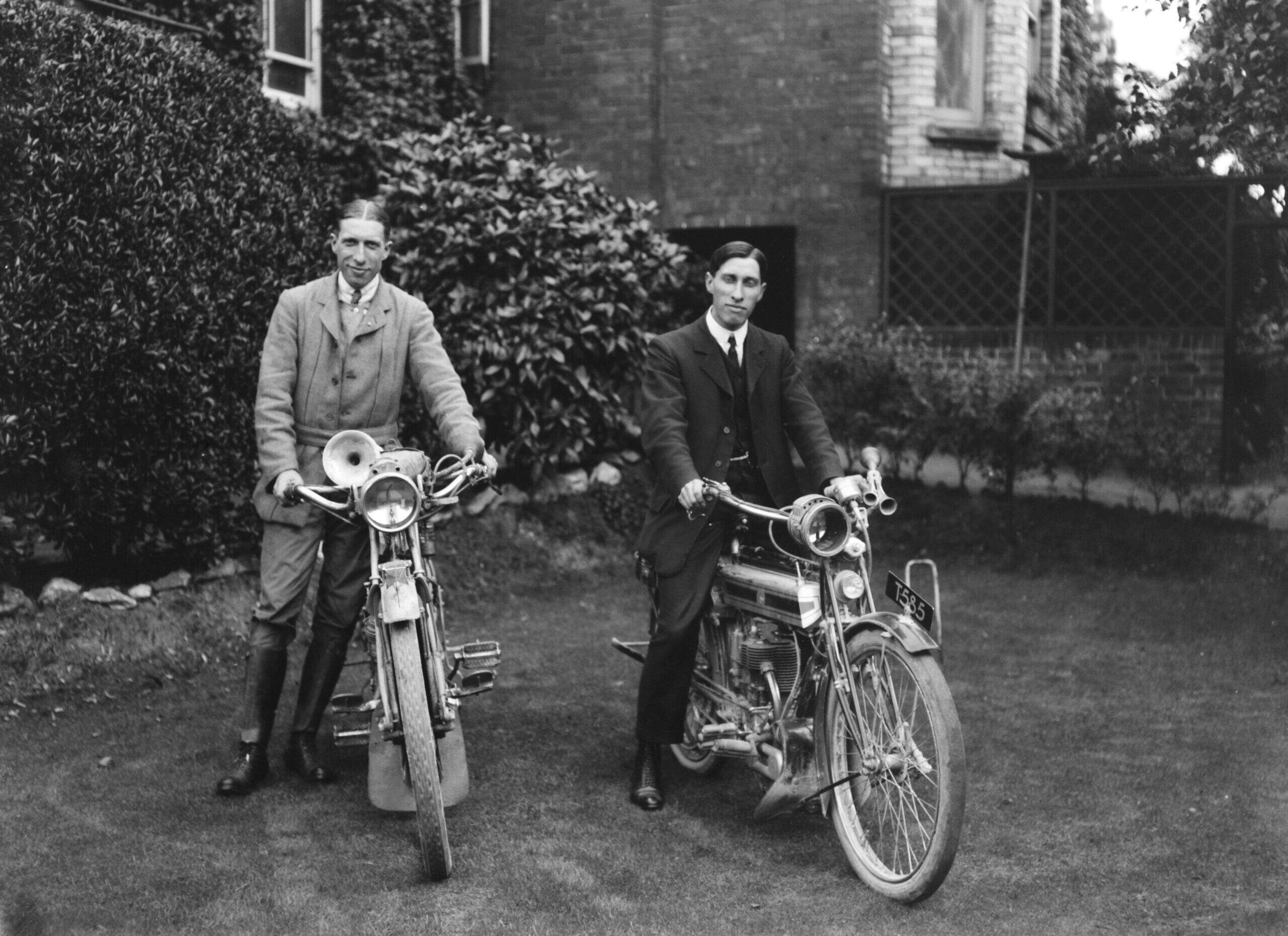


If he’d had one of those early Triumphs, he wouldn’t have had time for detecting. All his sleuthing would be trying to figure out why the thing won’t start THIS time.
Fair – but again, this is what the world’s keenest mind does in *retirement*.
The Case Of That Bloody Magneto Again
Well, if he had the world’s keenest mind, he would be riding a Brough Superior.
I feel he would not be in a Triumph but instead a Brough Superior or a Noble.
Just like one shouldn’t let the classic film avatar, Basil Rathbone, influence one’s impression of Holmes overmuch, neither should the bumptious, paunchy if ‘game’ Nigel Bruce characterization do so for the good Dr. Watson. Somehow, I suspect that the supremely rational great detective would not have ridden a bike with a roller-chain drive, but would have opted for a shaft-drive machine, if one existed back when in Merrie Olde — even if Cherman. Still, the only image that lingers is of H & W in a Hansom, right? “Faster, cabbie!”